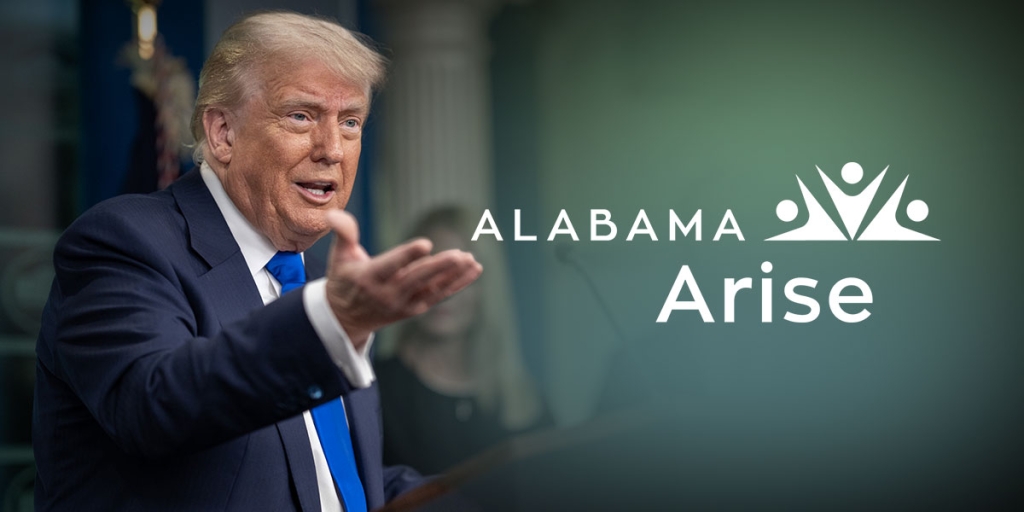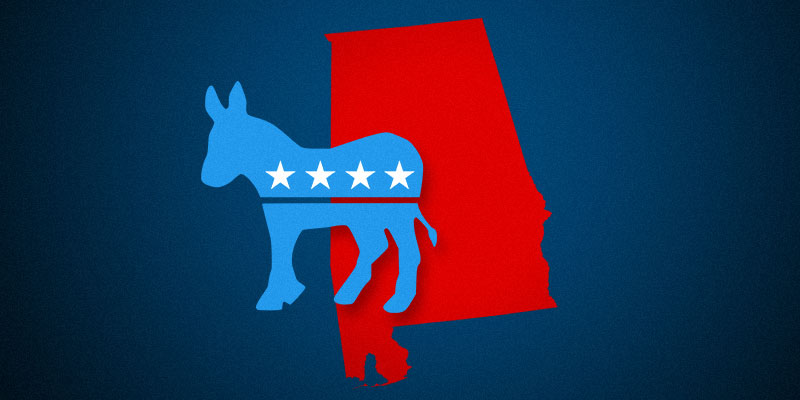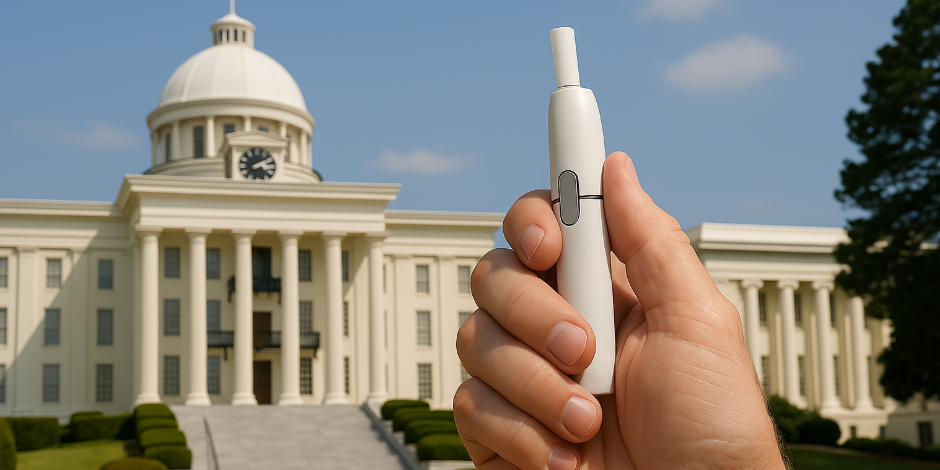
Alabama runs the nation’s leanest Medicaid program, according to statistics released last week by a federal agency.
The annual report by the Medicaid and CHIP Payment and Access Commission, an arm of Congress, contains 172 pages’ worth of data about the nation’s Medicaid and Children’s Health Insurance Program agencies. But the statistic that jumps out is this — medical benefit paid per enrollee.
Alabama in fiscal year 2013 – the most recent year available — spent the least or close to the least, depending on what measure is used. Measured against all participants, Alabama spent $4,717 per person, which is $2,326 below the national average. The next-closest state was South Carolina, which spent $4,803 per enrollee.
Using “full benefit enrollee” as the yardstick, Alabama spent $5,598 per person, slightly more than South Carolina and Florida. Those are enrollees who received full benefits or received Medicaid benefits through an alternative package of benchmark equivalent coverage.
Alabama is particularly meager when it comes to the disabled, spending the least in the nation on that group.
“Alabama runs a very bare-bones Medicaid program,” said Robin Rawls, a spokeswoman for the state agency. “Traditionally, Alabama has had a bare-bones program simply because we have had to live within our means.”
Funding Medicaid is an annual challenge for state lawmakers trying to cobble together enough money to pay for the health program for the disabled and impoverished, and the rest of the General Fund.
The Medicaid program also is relatively efficient as measured by how much the state pays on program administrative costs. In fiscal year 2016, state funds going to administrative costs totaled $82 million, 1.46 percent of the total $5.657 billion program. That ranks as the 17th-lowest in the country. State funds for administration were the smallest share in Arizona, .6 percent, and the highest in Wyoming at 3.04 percent.
“We really very carefully watch the money we spend because it’s so limited,” Rawls said.
Enrollment in Medicaid and CHIP dipped slightly from July 2016 to July 2017, falling by 1.5 percent. Alabama was one of 25 states where enrollment declined over the past year. The largest drop was in Tennessee, where enrollment was down 9.7 percent.
Nationally, the Medicaid rolls grew by .9 percent.
Rawls declined to speculate about the reasons why enrollment declined, but she said it is not because of any change in eligibility.
“We follow, essentially, the minimum,” she said. “That has not changed. … We have seen a flattening trend. The reason for that, I don’t know.”
Nationally, enrollment in Medicaid has surged over the past four years, mainly from states that expanded their programs under the Affordable Care Act. Some 74.3 million Americans were on Medicaid or CHIP in July, according to the federal report. That was up 28.9 percent from 2013.
In Alabama, which did not expand eligibility, the increase was more modest — 10.6 percent. A dozen states had smaller gains.
Alabama also is one of the nation’s most dependent on federal funding for Medicaid and CHIP. It is one of 13 states where the federal government picks up 100 percent of the cost of the CHIP program. The federal government during the fiscal year that started in October also will pay 71.44 percent of Alabama’s Medicaid program, a share that has risen from 68.12 percent in fiscal year 2014.
Only Mississippi, South Carolina, New Mexico and West Virginia get a higher percentage of Medicaid funds from the federal government.
Brendan Kirby is senior political reporter at LifeZette.com and a Yellowhammer contributor. He also is the author of “Wicked Mobile.” Follow him on Twitter.












